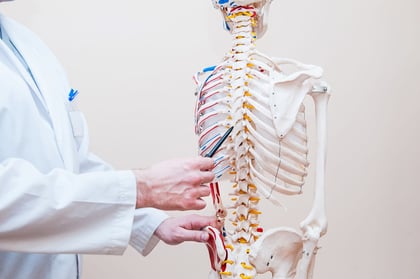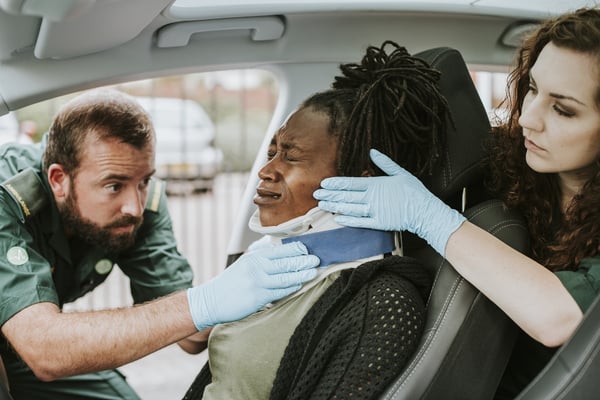MENU

- About
- Journal
- Spinal Cord Injury
- Brain Injury
- Treatment
- Legal Options
- Resources
- Local Resources
- Community
- Recognition

Spinal cord injuries (SCIs) can be life-altering. According to data from the National Spinal Cord Injury Statistical Center’s (NSCISC) 2018 SCI Data Sheet, there are about 17,700 new spinal cord injury cases each year and around 288,000 people currently living with SCI in the U.S.
Spinal cord injuries in Florida can vary greatly depending on the location and completeness of the injury.

The section of the spinal cord closest to the top, connecting to the brain. Injuries in this portion of the spinal cord are the most limiting.
The middle portion of the spinal cord. Injuries at this level typically leave SCI survivors with control over their arms, but not their legs.
This portion of the spinal cord is located in the lower back. Injuries at this level often cause a loss of control over the legs and bladder.
The lower part of the spine, with a triangular shape. Does not contain any spinal cord, but injuries here may cause loss of bladder or bowel control, leg pain, or sensory issues.
Injuries in this area may be classified as either complete or incomplete. Complete injuries indicate a full severing of the spinal cord, completely isolating the nerves at the site of the break from the rest of the spinal cord and preventing function below the injury site. Incomplete spinal cord injuries indicate a partial break, with some nerves still being connected below the injury site. An incomplete spinal cord injury is typically less limiting than a complete injury at the same level of the spinal cord.

Regardless of the cause, spinal cord injuries can incur massive expenses for treatment—easily reaching millions of dollars over the lifetime of the SCI survivor. Injuries to the cervical portion of the spine can be especially expensive to treat. Aside from treatment, many SCI survivors will need to make significant changes to their living space to accommodate their new limitations—changes that will be costly.
On top of the monetary costs, many spinal cord injuries lead to a severely reduced quality of life and average life expectancy. So, when an SCI is caused by someone else’s negligence, it is only natural to seek compensation.
| Vehicular crashes | 38.3% |
| Falls | 31.6% |
| Violence | 13.8% |
| Sports | 8.2% |
| Medical/surgical incidents | 4.6% |
| Other | 3.5% |
Fill out the form on this page to get started!
Spinal cord injuries are traumatic for patients and their families. They cause disruptive changes to every aspect of your life and there is a lot of new information to navigate and understand. Our experts have collected everything in one place to help you learn more about your injury, locate doctors and treatment centers, find financial support, and get assistance navigating your next move.
Sponsored by Tampa medical malpractice attorneys Swope, Rodante P.A. a Florida law firm located at 1234 E 5th Ave, Tampa, FL 33605.
The information provided by SpinalCord.com is not a substitute for professional medical advice, diagnosis, or treatment, see Disclaimer Policy.